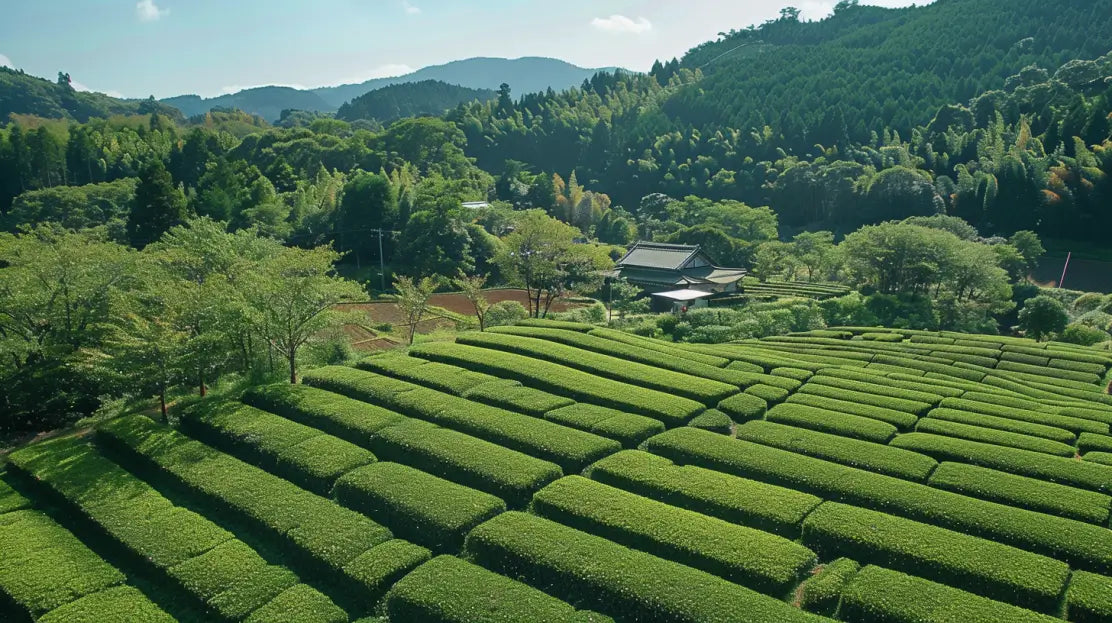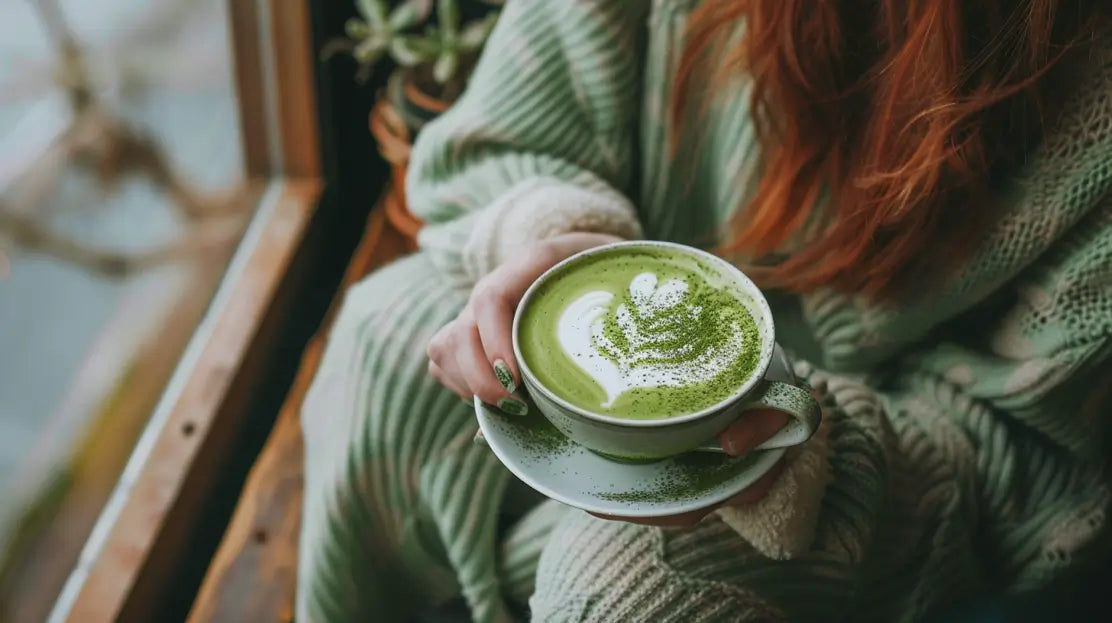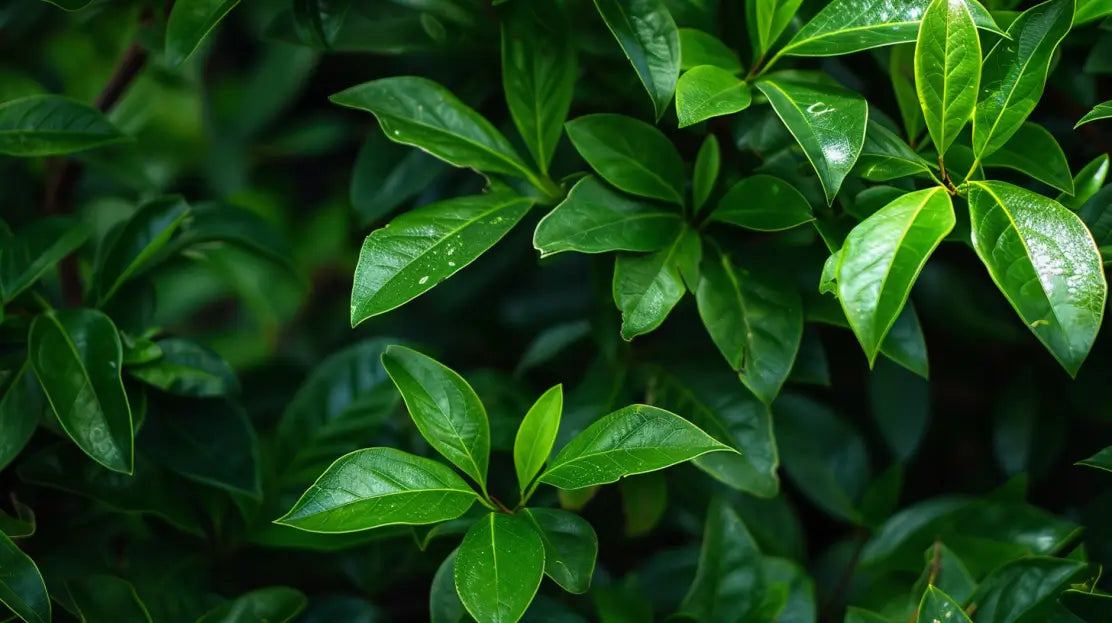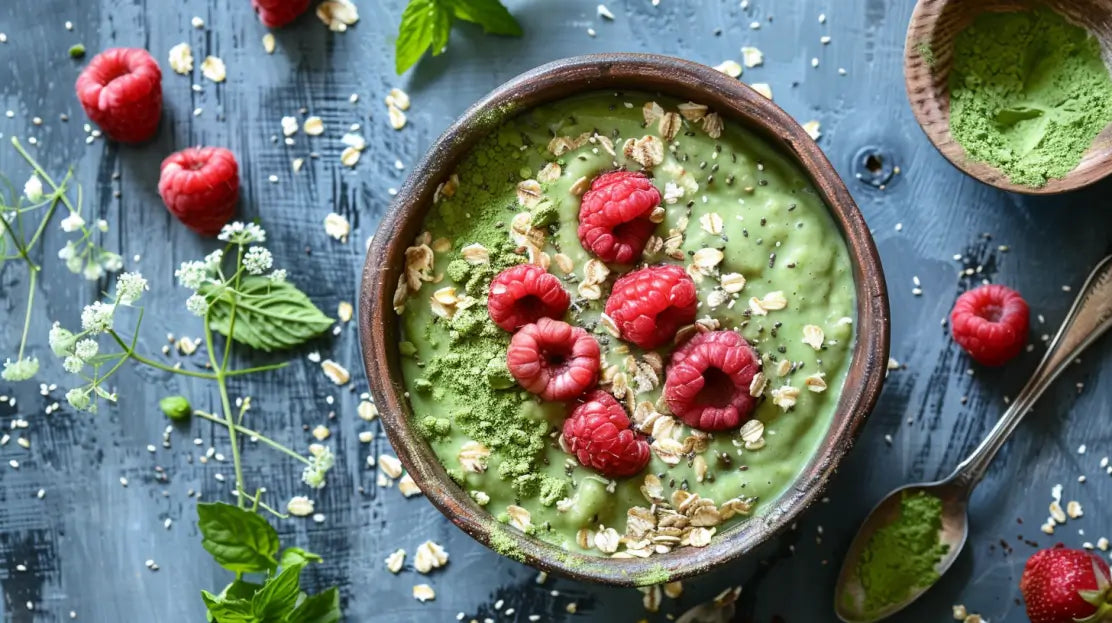Is Matcha Tea Grown in India?
Matcha tea, with its distinctive bright green color and rich array of health benefits, has become a global sensation. Originating from Japan, matcha is known for its unique cultivation and production processes that contribute to its exceptional quality. As the demand for matcha rises, the question arises: Is matcha tea grown in India? This article explores the possibility of matcha cultivation in India and the challenges and prospects associated with it.
Understanding Matcha
Matcha is a powdered green tea made from specially grown and processed tea leaves. Unlike regular green tea, where leaves are steeped and then discarded, matcha involves consuming the entire leaf. This method results in higher concentrations of antioxidants, vitamins, and minerals, making matcha a highly valued beverage for health enthusiasts.
Traditional Matcha Cultivation
Matcha originates from Japan, where it has been cultivated for centuries, particularly in the region of Shizuoka. The cultivation process involves several unique steps:
- Shade-Growing: Tea plants are covered with shade cloths for about three to four weeks before harvest. This process increases chlorophyll levels, giving matcha its vibrant green color and enhancing its amino acid content.
- Hand-Picking: Only the youngest, most tender leaves are picked.
- Steaming: Leaves are quickly steamed to prevent oxidation, preserving their color and nutrients.
- Drying and Grinding: Leaves are dried and then ground into a fine powder using traditional stone mills.
Can Matcha Be Grown in India?
India is one of the largest tea producers globally, known for its robust Assam teas and delicate Darjeeling varieties. However, producing high-quality matcha requires specific conditions and meticulous practices that pose challenges for Indian growers.
Climate and Soil Requirements
Matcha requires a temperate climate with well-distributed rainfall and fertile, well-drained soil. Some regions in India, like Darjeeling and the Nilgiris, have similar climates to Japan's tea-growing regions. However, replicating the exact conditions necessary for high-quality matcha remains challenging.
Shade-Growing Technique
The shade-growing technique is crucial for producing authentic matcha. This method increases the levels of chlorophyll and amino acids, particularly L-theanine, which gives matcha its characteristic umami flavor and health benefits. Implementing this technique requires significant expertise and infrastructure, which are not yet widely available in India's tea industry.
Processing Expertise
Processing matcha involves steaming, drying, and grinding the leaves into a fine powder using traditional stone mills. Developing this expertise in India requires substantial investment in equipment and training.
Current Endeavors and Future Prospects
While growing high-quality matcha in India presents challenges, there are ongoing efforts to explore this possibility. Some Indian tea estates have started experimenting with matcha production, focusing on adapting the shade-growing technique and refining their processing methods. These initiatives are still in the early stages, and it may take time before Indian-grown matcha can match the quality of Japanese matcha.
Potential Benefits
If successful, growing matcha in India could have several benefits:
- Local Production: Reducing the need for imports and making matcha more accessible to Indian consumers.
- Economic Opportunities: Creating new opportunities for Indian tea farmers and processors.
- Innovation in Tea Industry: Encouraging innovation and diversification in India's tea industry.
While matcha tea is not yet widely grown in India, the potential exists for future cultivation with the right conditions and expertise. Currently, the best option for Indian consumers seeking authentic, high-quality matcha is to purchase imported matcha from Japan, such as Tencha's ceremonial grade matcha. As experimentation and research continue, India may one day produce its own high-quality matcha, adding to its rich and diverse tea culture.
By understanding the complexities and potential of growing matcha in India, tea enthusiasts can appreciate the effort involved and look forward to the innovations that the future may hold.



















